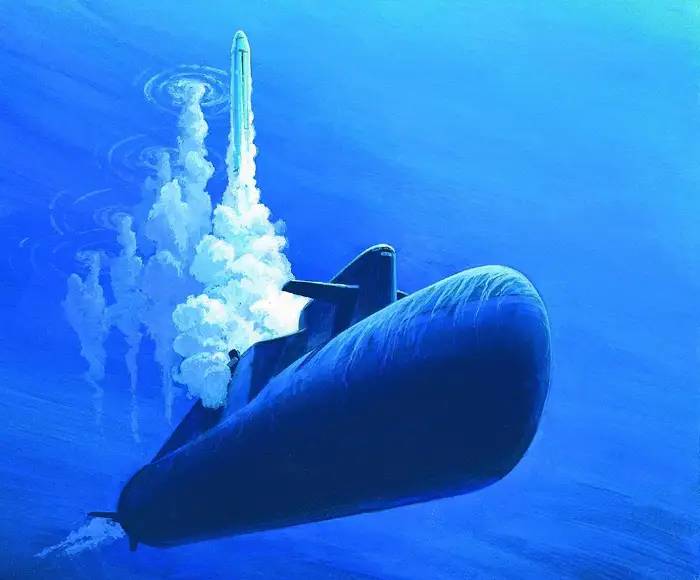
On May 23, 1981 the Soviet submarine K-211 Petropavlovsk cruised quietly at 9 knots, 150 feet below the surface of the Arctic Barents Sea.
The huge 155-meter-long Delta III (or Kalmar)-class submarine was distinguished by the large boxy compartment on its spine which accommodated the towering launch tubes for 16 R-29R ballistic missiles, each carrying three independent nuclear warheads.
K-211’s mission was hair-raisingly straightforward: to cruise undetected for weeks or months at a time, awaiting only the signal that a nuclear war had broken out to unleash its apocalyptic payload from underwater on Western cities and military bases up to four thousand miles away.
British and American nuclear-power attack submarines (SSNs), or “hunter-killers,” were routinely dispatched to detect Soviet ballistic missiles subs (SSBNs) leaving from base to discreetly stalk them.
The quieter SSNs also awaited only a signal of war, an event in which they would attempt to torpedo the Soviet subs before they could unleash their city-destroying weapons.
Mindful of this threat, at half past seven that evening K-211’s commander halted his sub and pivoted it around so that its MGK-400 Rubikon bow sonar array could attempt to pick up any submarines sneaking behind it in the ‘blind spot’ of its wake — a maneuver known as “clearing the baffles.” However, the SSBN’s hydrophones did not report any contact.

